Exhibition | Embracing Color: Enamel in Chinese Decorative Arts
Now on view at The Met:
Embracing Color: Enamel in Chinese Decorative Arts, 1300–1900
The Metropolitan Museum of Art, New York, 2 July 2022 — 17 February 2025
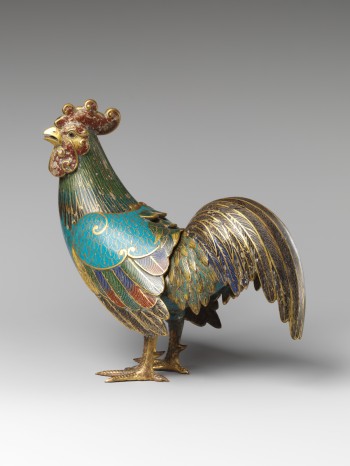
Incense burner in the shape of a rooster / 清中期 掐絲琺瑯鷄形香薰, Qing dynasty (1644–1911), Qianlong period (1736–95), second half 18th century, cloisonné enamel, 8 inches (21cm) high (New York: The Metropolitan Museum of Art, 29.110.41). A symbol of diligence and fortune, the rooster is a particularly popular Chinese decorative motif. The hollow body houses the burning incense and the detachable wings serve as the lid, with several small openings on the wings allowing the fragrant smoke to escape.
Enamel decoration is a significant element of Chinese decorative arts that has long been overlooked. This exhibition reveals the aesthetic, technical, and cultural achievement of Chinese enamel wares by demonstrating the transformative role of enamel during the Ming (1368–1644) and Qing (1644–1911) dynasties. The first transformational moment occurred in the late 14th to 15th century, when the introduction of cloisonné enamel from the West, along with the development of porcelain with overglaze enamels, led to a shift away from a monochromatic palette to colorful works. The second transformation occurred in the late 17th to 18th century, when European enameling materials and techniques were brought to the Qing court and more subtle and varied color tones were developed on enamels applied over porcelain, metal, glass, and other mediums. In both moments, Chinese artists did not simply adopt or copy foreign techniques; they actively created new colors and styles that reflected their own taste. The more than 100 objects on view are drawn mainly from The Met collection.
Rotation 1 | 2 July 2022 — 30 April 2023
Rotation 2 | 20 May 2023 — 24 March 2024
Rotation 3 | 13 April 2024 — 17 February 2025

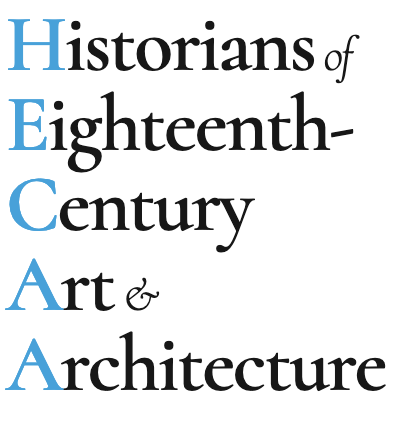

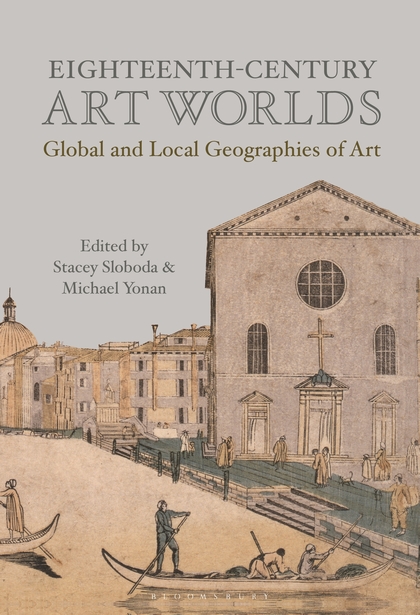

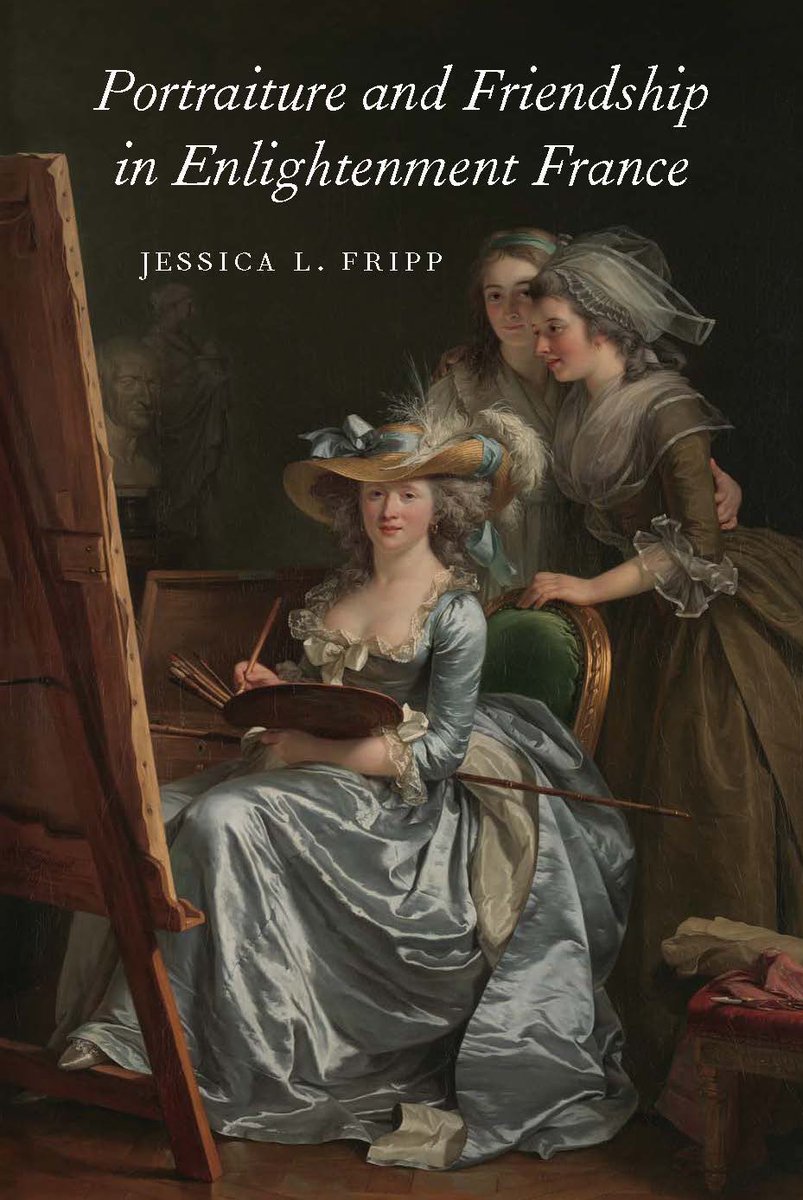















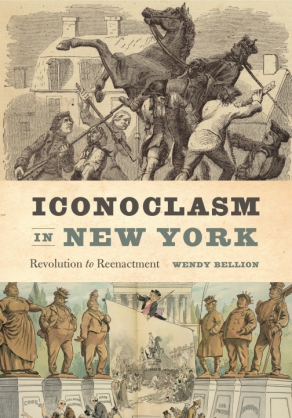



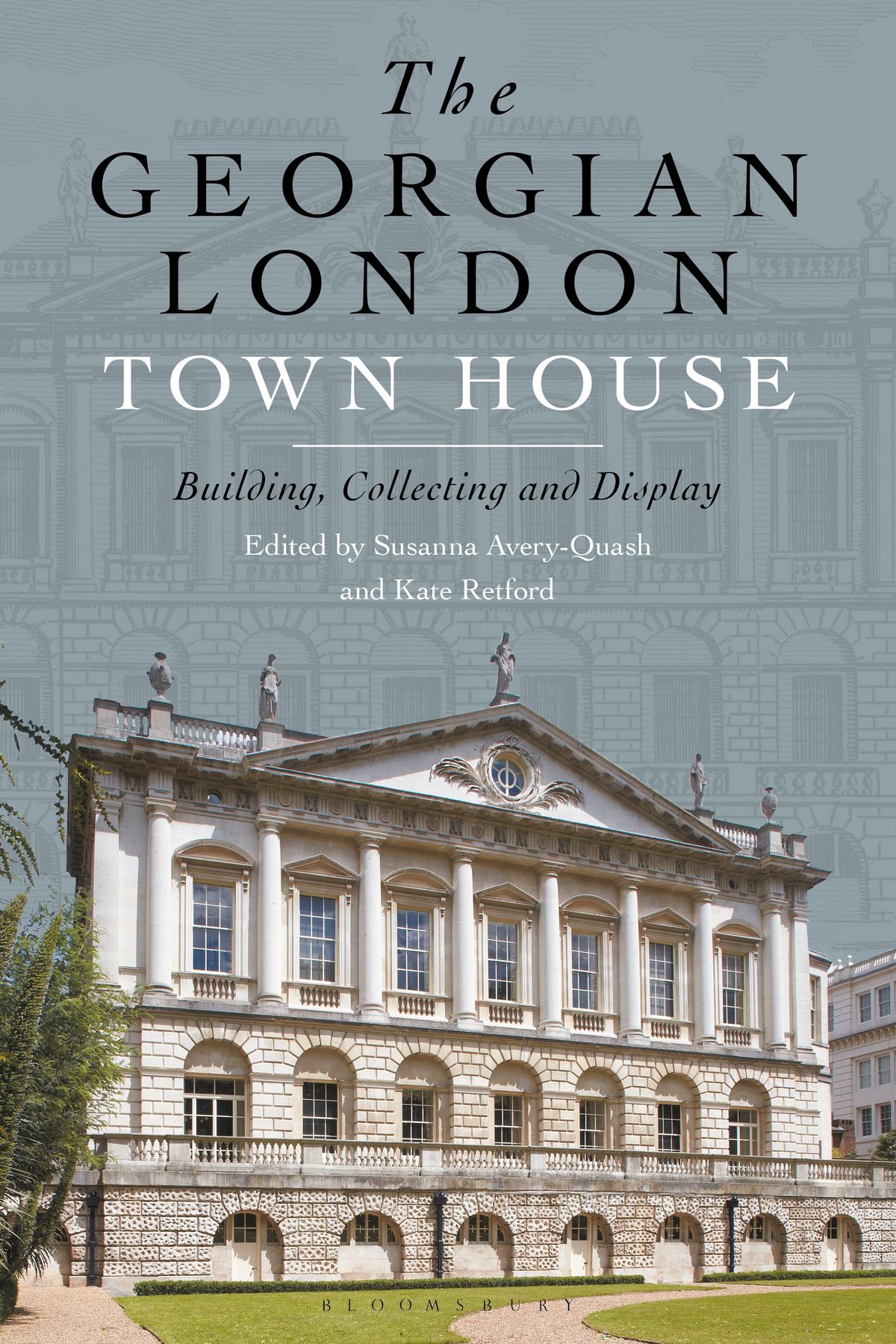


leave a comment